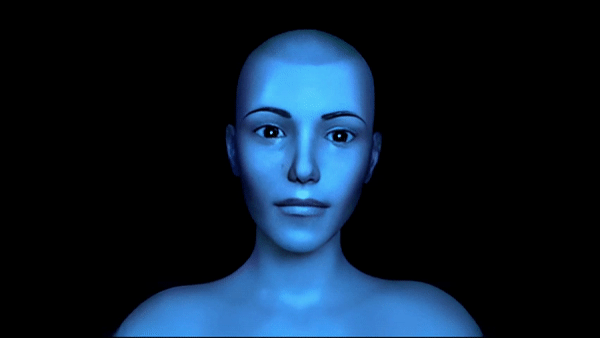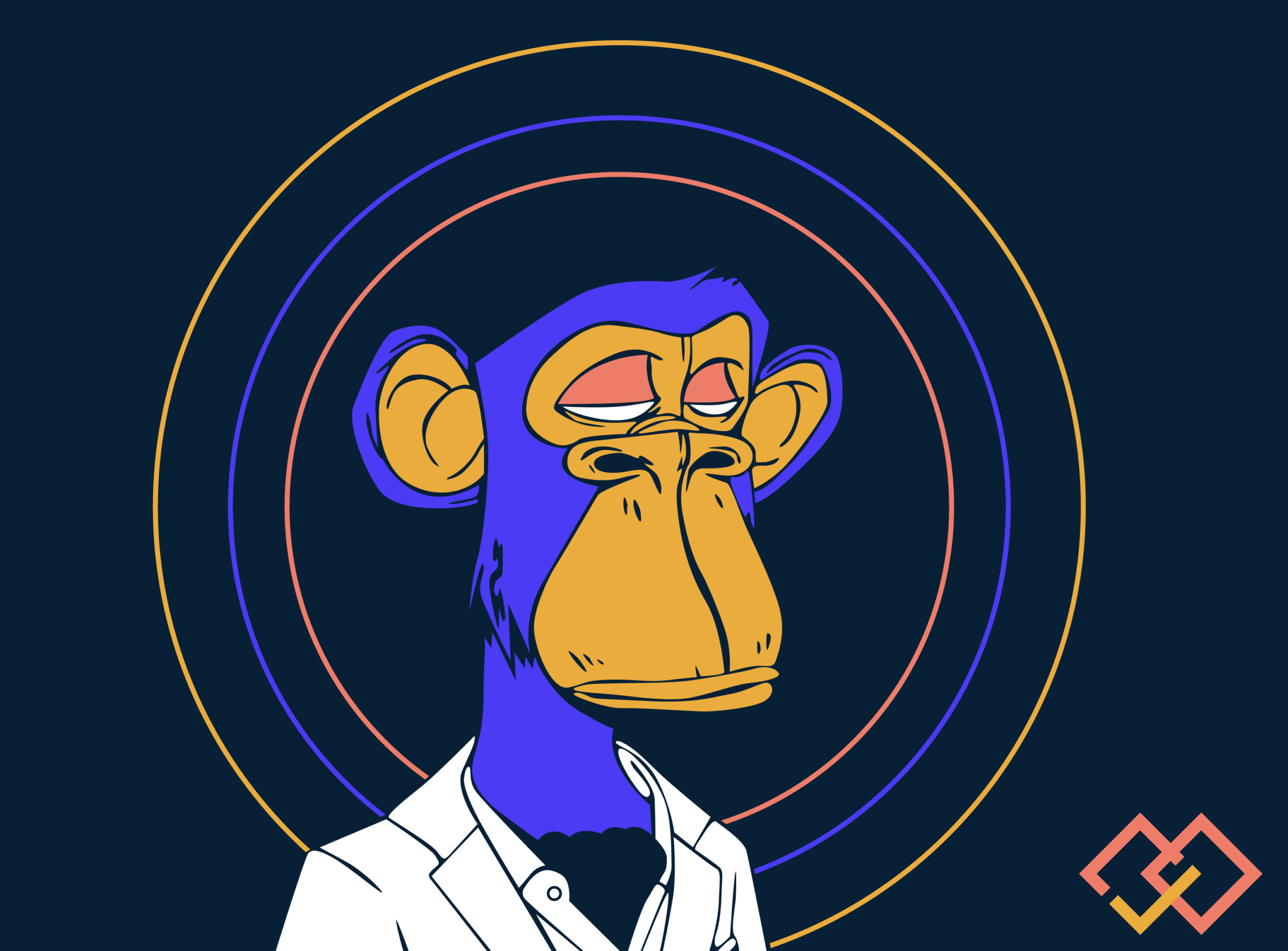NFTs have been the talk of the town in crypto for almost a year now. We see and hear about them daily, and we see proponents and critics clash all the time.
At GateHub we’re keeping up to date about all the new and emerging technologies and NFTs are no different. In the following paragraphs we’ll introduce some NFT basics, how you can use them today and point out some of the most prominent examples. Later we’ll explore what the future holds for NFTs and how they may just shape the future of ownership, scarcity and various proofs.
What is an NFT?
A non-fungible token (NFT) is a unique and non-interchangeable unit of data stored on a digital ledger (blockchain). NFTs can be items such as photos, videos, audio files or any other form of digital files. They can represent items from the real world like tickets to real events, legal documents, signatures and so much more. Blockchain technology is used to give an NFT a public proof of ownership.
What does that even mean?
A fungible token or coin like Bitcoin can be replaced at a 1:1 rate. One Bitcoin is identical to all other Bitcoin in existence. Bitcoin, Ethereum, XRP and other cryptocurrencies, tokens and assets are “fungible”. They can be exchanged and are interchangeable. Physical money is fungible too. Imagine the scenario where you give someone a 10€ bill and they give you back their 10€ bill. You still have 10€. The same goes even in the scenario where you exchange a 20€ bill for two 10€ bills.

An NFT is not fungible, hence the name. They can be exchanged for each other but owning one NFT is not the same as owning any other. A simple real-world example would be if you owned a baseball card and your friend owned a rare stamp. You could exchange them and their value might be the same, but they are not the same. Their attributes differ and the market on which they can be exchanged are different. If you exchanged them, you would be losing a specific item (the baseball card) and gaining a different specific item (a rare stamp).

Are all NFTs unique?
Yes in the sense that they uniquely represent some specific item in a specific way.
For example, a unique NFT such as a Bored Ape from the Bored Ape Yacht Club (BAYC) collection is a one of a kind art featuring an ape with a unique set of attributes. The collection has 10,000 unique apes.
In a different example, a music artist could create 100 NFTs of their new single and sell them to radio stations and streaming services. Each of these would be unique in a way but represent the same thing - the rights to play the song publicly. This song’s NFT 001 would represent the same item as NFT 002, NFT 003 … NFT 100.
You could also mint 10,000 concert ticket NFTs and sell them to the public. That way, ticket sellers could cap the amount of tickets per user and also discourage resale by demanding a share in the resale of the NFT.
Most NFTs come in a single piece but there exists a process called “fragmentation” which allows an NFT to be owned by more than one entity.
The now and the future
The world of NFTs at the moment is dominated by art collections, gaming NFTs and the metaverse where NFTs are most commonly associated with plots of virtual land or collectibles. These cases are widespread because the infrastructure to support them already exists. However, it is not hard to imagine a world where NFTs play a more prominent role.
The now
The most famous NFT collections at the moment are undoubtedly the Bored Ape Yacht Club (BAYC) and CryptoPunks. Way back in 2017 CryptoKitties, an NFT collection of cute cats for collecting and breeding on the Ethereum network saw some public attention.
The best known NFT based game has to be Axie Infinity which features a play-to-earn model. An in-game token is earned by playing the game and NFTs can be bought in the game. Players can cash out every 14 days. The game became so popular in the Philippines that some players decided to play the game full time replacing their jobs and the Philippine government imposed tax obligations on earnings from the game.
Another NFT based gaming platform is Gala Games that utilizes the GALA token for acquiring and selling NFTs for in-game items and bonuses. The platform offers a range of free and pay-to-play games but they all feature a variation of the play-to-earn mechanic.
Finally, we arrive at the metaverse where Decentraland and The Sandbox are the most prominent names at the moment. Decentraland includes virtual plots of land and collectibles for characters within this virtual land. The Sandbox utilizes a virtual gaming world for players to play, build, own, and monetize their experiences using LAND plots, NFTs and SAND currency.
The future
We have probably just scratched the surface of NFT utility with the cases outlined above. There is an abundance of speculation about other NFT use cases and we’ll talk you through just a few.
Managing licensing and royalties for music and photography. In the digital world it’s easy to reproduce anything, even things with significant value, thus devaluing the original piece. With NFTs and easily verifiable licenses, this could become a thing of the past.
Photography is an industry where creators could benefit greatly from NFT mechanisms from the use of their work. The verifiable proof of ownership and license could help photographers track how their work is used as well as detect and prosecute any unlicensed use.
The music industry could benefit authors in two ways. The collectibility of songs and albums in the form of NFTs could gain traction again. On the other hand, up-and-coming artists could utilize NFTs to collect early support and funding. All artists could also benefit from the ownership of their music by way of NFT licensing and a cut in the resale process.
Products that were once scarce, have mostly lost this scarcity through digitalization and the ease of reproduction. NFTs have the potential to reestablish scarcity for such commodities.
Transfer of ownership. The transfer of ownership in real estate is extremely costly and time consuming today. Real estate owners could potentially issue NFTs representing ownership of the property and sell it on the decentralized market. The transfer of ownership would be handled algorithmically with finality without costly legal process and intermediaries. This could also be the case for other real world commodities such as cars, physical art, books and so much more.
A note on this use case is obviously that we don’t know any legal frameworks yet to support this system.
Ownership and use of data. The whole internet economy is based on data. May it be personal data or analytics of user behavior, data is driving the internet economy. The owners of the data (users) have little say in how the data is used. NFTs could change how data is managed and used in several ways and industries.
You could potentially get the opportunity to monetize your data and behavior on the web. Medical data use cases through NFTs are already being explored. You could also utilize NFTs for titles and achievements like diplomas, social badges, certificates and so much more.
The future is now. All of the above and more are in the crosshairs of startups already. There isn’t enough room here to explore future use cases further but here are some links to help you on your way.



We will dive deeper into how NFTs work in part 2 of our NFT blog. Stay tuned.


